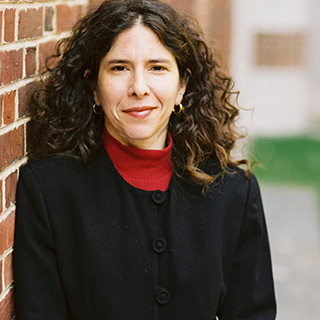Artisan and Architect

Ben Uri looked at the work of his hands and was astonished at how the ark stood firm while he himself was like an empty vessel. His soul was sad and he broke out in tears.
— S. Y. Agnon, Agunot
The centerpiece of this parashah is undoubtedly the elaborate and materially rich description of the Mishkan, designed and constructed by Bezalel Ben-Uri. Bezalel, in whose honor the renowned academy of arts was founded in Jerusalem in 1906, is generally viewed as an artisan—a figure of visionary imagination whose hands crafted wood, fabrics, animal skins, and all manner of fine metals, stones, and gems to create the sacred, portable site of the Tabernacle. In modern Hebrew literature, Bezalel’s aesthetic achievements have haunted the figure of the tormented artist in S. Y. Agnon’s Agunot (Forsaken Wives, 1908) and shaped the plot of Moshe Sakal’s novel Hatsoref (The Diamond Setter, 2014), which follows the postwar fate of a mysterious blue diamond as it moves from Istanbul to Damascus to Jaffa.
As we embark upon the construction of an ambitious new physical campus at 3080 Broadway, it seems right to note that Bezalel was also an architect. While we are far from putting the elegant finishing touches on the breastplate, as Bezalel does in Exodus 39:8, we have gathered to consider the figurative blueprints, discussing and imagining what JTS’s new campus will look like, and how it will continue to nurture and inspire learning and community in the 21st century and beyond.



